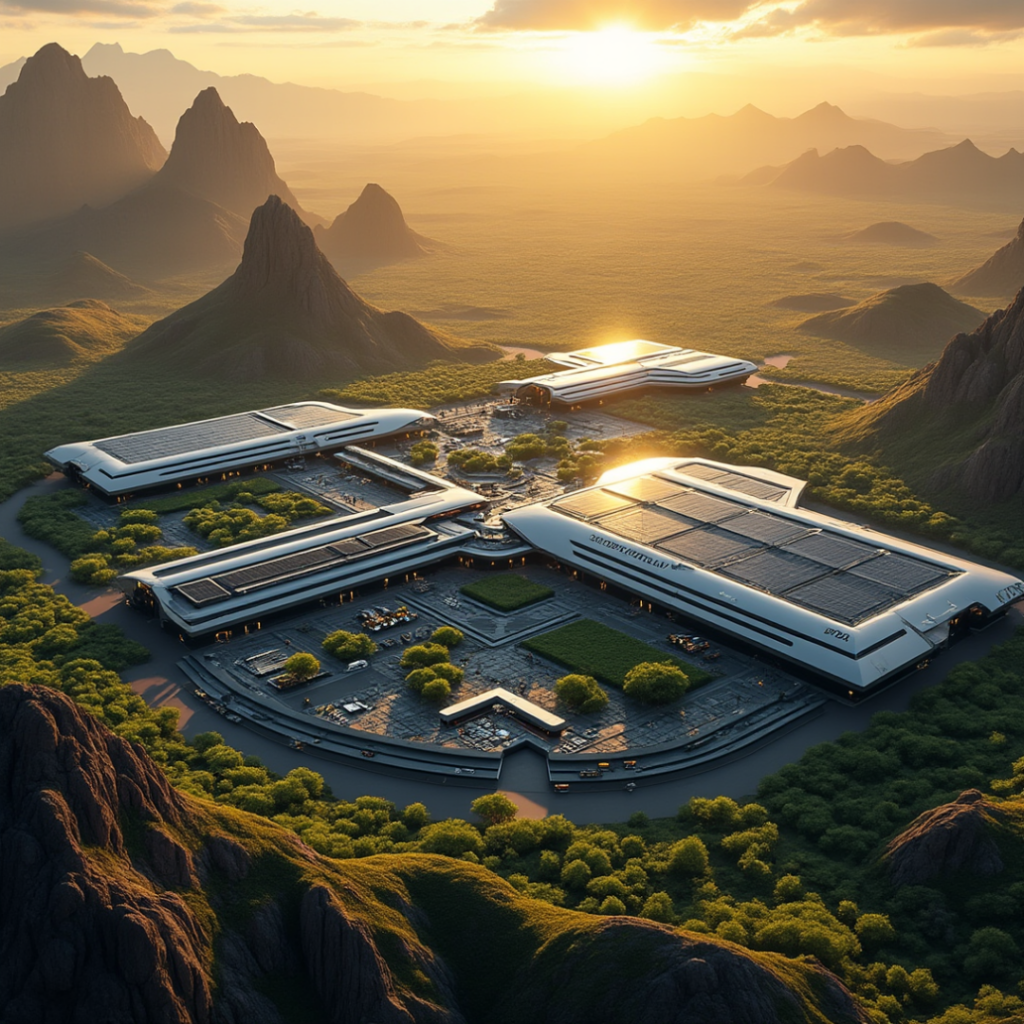 Lauren McBride
Lauren McBride
Lost in a Word
There’s a word
…in the old, old stories
……that meant
………health and shade,
growth and food –
…before the sun
……expanded and boiled
………the sky,
wells went dry,
…grass, trees,
……and crops died,
………and soil turned to dust.
Now food is mostly
…synthesized, and green
……has become a word
………with little meaning.
_______________
Lauren McBride is author of the chapbook Aliens, Magic, and Monsters (Hiraeth, 2023). Nominated for the Best of the Net, Pushcart, Rhysling, and Dwarf Stars Awards, her poetry has appeared internationally in speculative and mainstream publications including Asimov’s, Fantasy & Science Fiction, and Utopia Science Fiction’s 5th Anniversary Anthology. She enjoys swimming, gardening, baking, reading, writing, and knitting scarves for U.S. troops.
Author’s Backstory: Inspiration for this poem came not from the color green, but brown – because this was the color of the landscape week after week one particularly dry spring here in west Texas. It was as if green had been forgotten by nature. Until finally it rained. Local folks joke that weeds can grow up to tree height overnight after a good rainfall. And suddenly, green is everywhere.
Before the rain came, the dustbowl came to mind many times, and so did a poem where the value of green becomes obvious by its absence. All I needed was a desperately dry sci-fi setting, which I conjured by combining poetry prompts for water and seeing the world differently. The end of the world would definitely be different. Would there still be humans on far future Earth when the sun enters its red giant phase? And if so, how would things have changed for them? And what might be lost? Most likely water – and then green as well.
Editor’s Comments and Image Credit: Perhaps in this dystopian world, the only green is a soylent green. The lines before the sun / expanded and boiled / the sky reference the inescapable fact that the death of a star like ours will do. The planet in the poem might belong to a sun like our yellow dwarf sun, but be further along in its life cycle. In about 3.5 billion years, the sun will swell to become a red giant as it starts to burn helium (the product of hydrogen fusion, while it was a Main Sequence star). (Usually this is stated to be the case after 5 billion years but that marks the end of the process.) Indeed, the inner planets (including Earth) will be engulfed. The sun might extend to Mars and beyond. Earth will become uninhabitable. Ultimately, though hydrogen is absent in the core (now full of carbon, oxygen, and nitrogen), it is still present in the atmosphere of the sun. Violent fusion in the envelope tears the atmosphere of the sun away and becomes a “glowing ember” called a white dwarf. The expelled gases are eradiated with plenty of UV; they’ll glow as the gases are excited. This envelope around the white dwarf is called a planetary nebula. A more complete discussion can be found in places like this: https://phys.org/news/2016-05-earth-survive-sun-red-giant.html. However, we won’t have to wait that long. In summary, “In a few hundred million years, Earth will likely be significantly less habitable than it is today. While not uninhabitable in the near term, changes in the sun’s brightness and the movement of tectonic plates will lead to a warmer and potentially drier planet, making large portions of it less suitable for complex life as we know it.”
Image credit: Input to Wixel: “landscape of earth in a billion years facing the sun with a solar-powered factory.” The image shows a barren landscape under a scorching sun, but at least they’re harnessing solar power to run their factories for food production.
